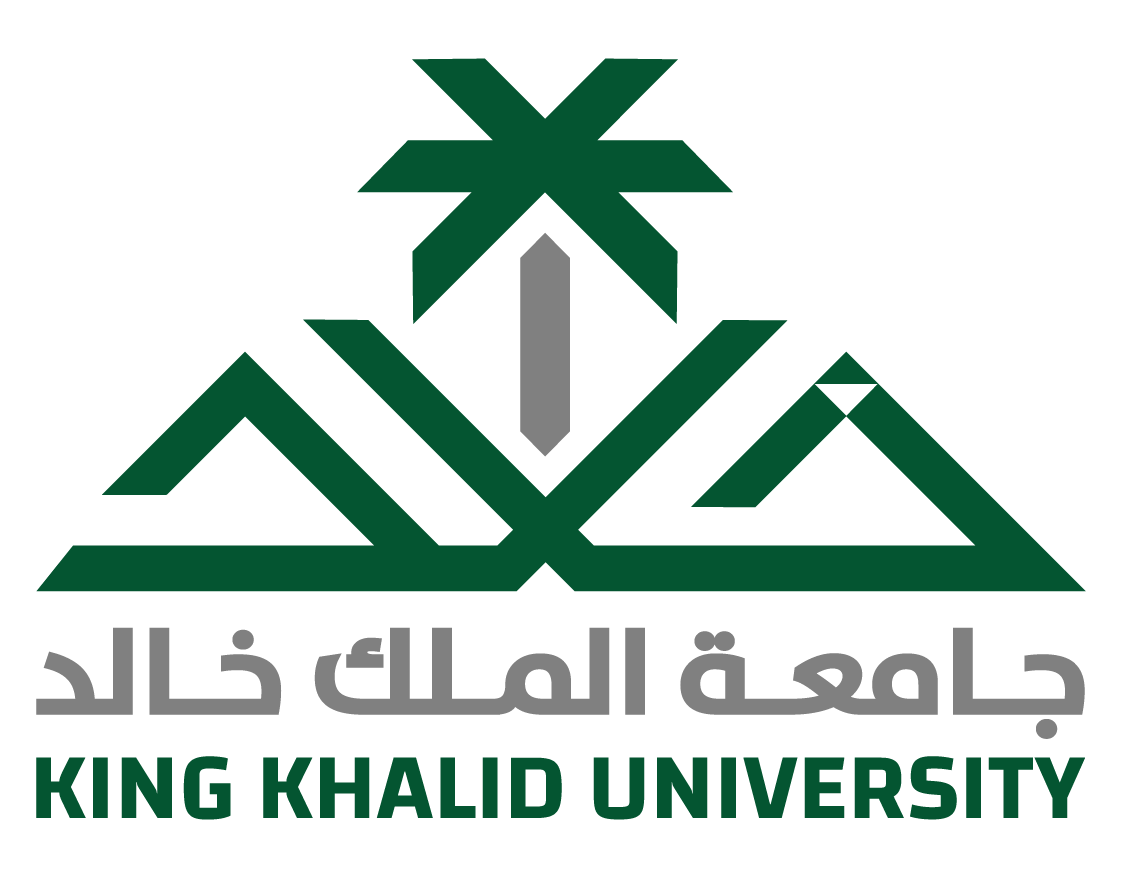Abstract
ABSTRACT : There is a need for change in the current global air navigation system; this need is due to two principal factors: 1- The present and growing air traffic demand, with which the current system, by virtue of its limitations, will be unable to cope. The shortcoming of the present communication systems are the following: - The propagation limitation of current line-of-sight systems and / or accuracy and reliability limitations imposed by the variability of propagation characteristics of other systems. - The difficulty, caused by a variety of reasons, to implement present systems and operate them in a consistent manner in large parts of the world. - The limitations of voice communications and the lack of digital air-ground data interchange systems to support modern automated systems in the air and on the ground. 2- The need for global consistency in the provision of air traffic services during the progression towards seamless air traffic management system. The Future Air Navigation System (FANS) concept offers a possible solution to most of theses problems. FANS should contribute substantial capability in term of capacity, improvement of safety, alleviation of several environmental problems, and also improve the economy of operations for providers, operators and manufactures. The system that are evolving from the FANS concept, now called CNS/ATM systems, comprise a worldwide system of high precision and high reliable Communications, Navigation, Surveillance (CNS) and Air Traffic Management (ATM) components. The majority of these is based on satellites, and is independent of any Earth infrastructure. In this thesis, we studied the current air navigation system and theire elements ,and decided if we need to support it with the future air navigation system applications ,and evaluated the data links and determined which one is the convenient for the future applications.

